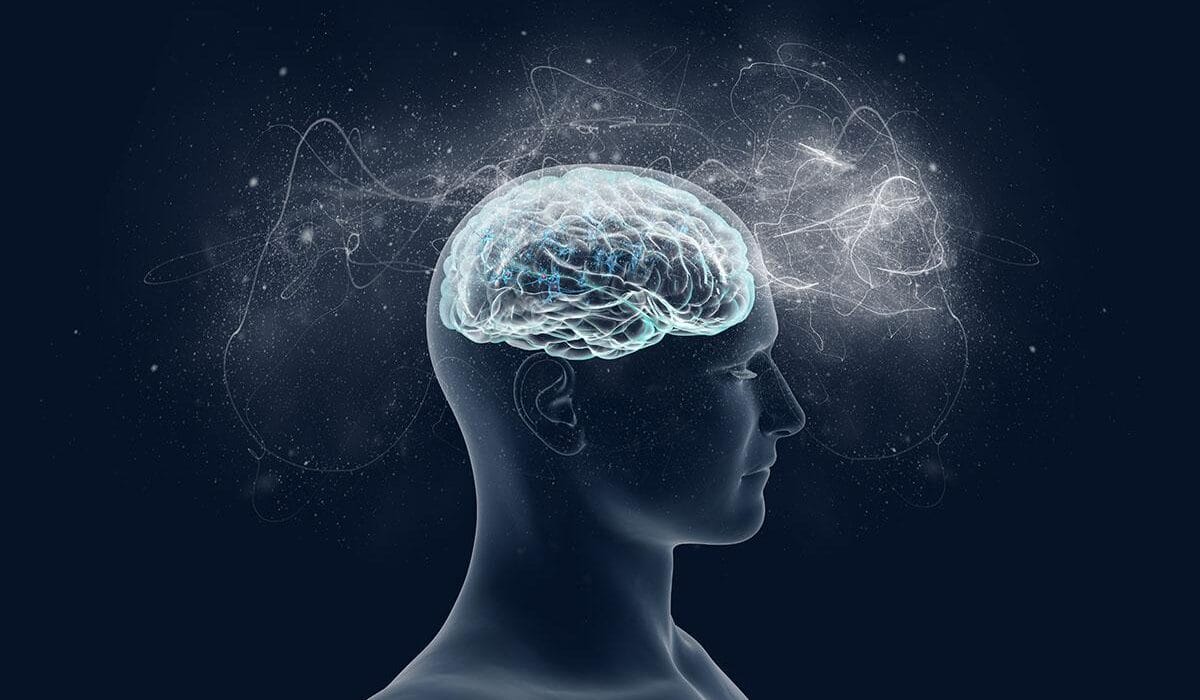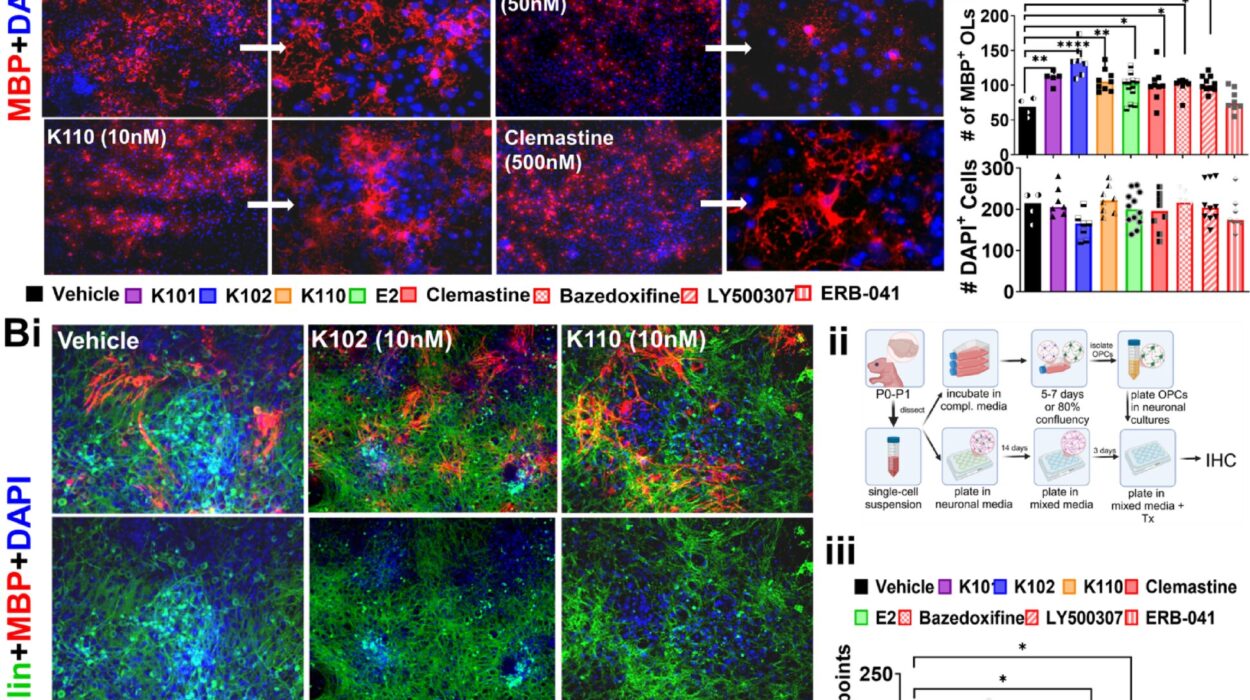In a discovery that reads more like science fiction than laboratory science, researchers at the Broad Institute and Mass General Brigham have uncovered a startling new insight into one of the most puzzling and debilitating brain disorders of our time: Parkinson’s disease. Their findings, published in Nature Neuroscience, suggest that a low-oxygen environment—comparable to the thin air at the base camp of Mount Everest—can protect the brain from the damage caused by Parkinson’s and even reverse some of its debilitating effects in mice.
The revelation is profound not just for what it shows, but for how it challenges conventional thinking. For decades, Parkinson’s research has focused on toxic protein buildup, dopamine loss, and the irreversible death of neurons. But now, in a twist no one saw coming, oxygen—the very element we rely on with every breath—might be part of the problem.
“We were stunned by what we saw,” said Vamsi Mootha, co-senior author of the study and a systems biology professor at Harvard Medical School. “This isn’t just about slowing down a disease. We’re talking about potential restoration of function, even after symptoms have appeared. That’s rare in neurodegenerative research.”
A Disease That Silently Steals the Self
Parkinson’s disease afflicts over 10 million people worldwide. It begins subtly—perhaps with a tremor, stiffness, or a slowing of movement—but over time, it robs its victims of speech, expression, mobility, and often identity. The disease attacks neurons in a region of the brain known as the substantia nigra, leading to a gradual decline in dopamine, the chemical messenger that helps control movement and emotion.
Inside the affected brain cells, microscopic clumps of a protein called α-synuclein accumulate, forming what scientists call Lewy bodies. These clumps are widely believed to be toxic, interfering with normal cell function. Yet until now, exactly how these clumps contribute to the loss of neurons remained unclear—and even worse, seemingly unstoppable.
What if the real villain wasn’t just the protein clumps, but the metabolic chaos they unleash?
The Oxygen Paradox
Oxygen is essential for life. Every cell in your body needs it to survive, especially neurons, which are among the most energy-hungry cells we have. But as with many powerful tools, too much of it—or misused oxygen—can be dangerous. That’s where mitochondria come in. These microscopic power plants inside cells use oxygen to produce energy, but when they malfunction, oxygen can accumulate and turn toxic.
Mootha and his collaborators, including co-senior author Fumito Ichinose from Massachusetts General Hospital, have been studying mitochondrial diseases for over a decade. They’d previously found that lowering oxygen levels—an approach known as hypoxia—could actually improve symptoms in rare disorders like Leigh syndrome and Friedreich’s ataxia. That surprising discovery raised a bold question: Could something similar work in more common diseases like Parkinson’s?
Intriguingly, scattered reports hinted that it might. Some people with Parkinson’s appeared to feel better at high altitudes, where oxygen is thinner. Smokers—who live with chronically reduced oxygen levels due to elevated carbon monoxide—strangely seem to have a lower risk of developing Parkinson’s (though smoking itself is far too dangerous to recommend). These patterns didn’t prove anything, but they were enough to merit a closer look.
Mountains in a Mouse Cage
To test their theory, Mootha and Ichinose used a well-known mouse model of Parkinson’s disease. In these mice, scientists injected α-synuclein protein clumps into the brain to replicate the hallmarks of Parkinson’s: Lewy bodies, neuron death, and motor problems. Then, the mice were split into two groups—one living in normal air (21% oxygen), and another housed in a hypoxia chamber with 11% oxygen, roughly equivalent to the air found 16,000 feet above sea level.
Three months later, the results were nothing short of astonishing.
The mice breathing normal air suffered severe neurological decline. They had high levels of neuron death, movement disorders, and anxiety-like behavior—just like human patients with Parkinson’s. But the mice in the low-oxygen environment were almost completely spared. They still had Lewy bodies, but their neurons survived. Their movements were normal. It was as if the damage had been defused.
“The Lewy bodies were still there, but they were no longer lethal,” said Ichinose. “This tells us we might not have to remove the clumps to protect neurons. We can disrupt the damage cascade further downstream.”
But perhaps even more promising was what happened next.
Reversing the Clock
In a second set of experiments, the researchers waited six weeks—long enough for Parkinson’s-like symptoms to appear—before introducing the hypoxic environment. The thinking was simple: Can we not only prevent damage but reverse it?
Again, the answer was hopeful. The hypoxia-treated mice recovered significant motor skills, became less anxious, and showed no further neuron loss. It wasn’t just neuroprotection—it was neurorescue.
Such findings hint at a window of opportunity in Parkinson’s disease. Not all damaged neurons are dead. Some are “sick,” malfunctioning but salvageable. And if intervention occurs early enough, function may be restored.
“This gives us new hope,” said Mootha. “It opens a path to rethink the timing and nature of treatment—not just slowing down disease, but actively reversing part of it.”
Oxygen Overload and Mitochondrial Mayhem
Delving deeper, the team examined the metabolic landscape of the mouse brains. They discovered that mice with Parkinson’s symptoms had dramatically higher oxygen levels in specific brain regions, compared to both healthy mice and those breathing low-oxygen air.
How can a brain have too much oxygen?
The answer lies in the mitochondria. When these organelles fail—as they do in Parkinson’s—oxygen isn’t processed properly. It lingers, accumulates, and begins to cause oxidative stress: a corrosive storm of molecules that damage DNA, proteins, and membranes.
In other words, the disease creates an internal environment that slowly poisons the cell from within.
By reducing oxygen intake, the researchers cut off the fuel for that internal fire. Hypoxia didn’t cure the disease by removing Lewy bodies. Instead, it changed the metabolic context, making the environment less toxic—even while the misfolded proteins remained.
“It’s counterintuitive,” said Mootha. “We’ve always assumed that more oxygen is better. But in this case, too much oxygen becomes a hidden threat.”
Not a DIY Cure—Yet
Despite the promise of the findings, the researchers emphasize one crucial point: Do not try this at home.
Breathing low-oxygen air—especially without medical supervision—is dangerous. It can worsen cardiovascular disease, impair cognition, and even cause brain damage. Intermittent hypoxia, like sleeping in a low-oxygen environment but living normally during the day, may be especially risky. And in people with Parkinson’s, such interventions could backfire.
The future lies not in oxygen tents, but in pharmaceuticals that safely mimic the effects of hypoxia.
Mootha and his team are already developing a new class of drugs—what they call “hypoxia in a pill.” These compounds aim to activate the same protective pathways that are turned on by low oxygen, without the risks of actual altitude exposure. The approach is being tested for rare mitochondrial diseases, and Parkinson’s could be next.
A Shift in How We Treat Neurodegeneration
For decades, the field of neurodegeneration has searched for magic bullets: drugs to dissolve protein clumps, boost dopamine, or block specific enzymes. But these approaches have often fallen short. Now, the new study suggests a shift in thinking—not just about the biology of Parkinson’s, but about its treatability.
Instead of focusing solely on stopping protein accumulation, what if we focused on the downstream effects—like metabolic chaos—and intervened there?
The idea that oxygen, of all things, plays a hidden role in neurodegeneration is a radical and elegant twist. It reframes how we understand the cellular environment, and more importantly, how we might heal it.
“This doesn’t mean every neurodegenerative disease will respond the same way,” cautioned Mootha. “But the success we’ve seen in multiple mouse models—Parkinson’s, Leigh syndrome, Friedreich’s ataxia, and even accelerated aging—suggests the approach has legs.”
Breathing Room for Hope
Parkinson’s disease is still a formidable enemy. It progresses silently, its damage often noticed only when it’s already extensive. But the findings from Broad and Mass General Brigham show that it may not be an entirely irreversible descent.
There may be a window of time—a breathing space—when neurons can be rescued, function can return, and life can be reclaimed. And though we’re only at the beginning, the road forward now seems a little clearer, a little more hopeful.
“We’ve always believed the brain is less forgiving,” said Ichinose. “But this shows us that, sometimes, the brain remembers how to heal.”
In the thin air of innovation, where risk and reward share oxygen, a new frontier is unfolding—not on the slopes of Everest, but in the small, dark cells of our brains. And for millions affected by Parkinson’s, that might just be the breath of fresh air they’ve been waiting for.
More information: Marutani, E et al. Hypoxia ameliorates neurodegeneration and movement disorder in a mouse model of Parkinson’s disease, Nature Neuroscience (2025). DOI: 10.1038/s41593-025-02010-4






